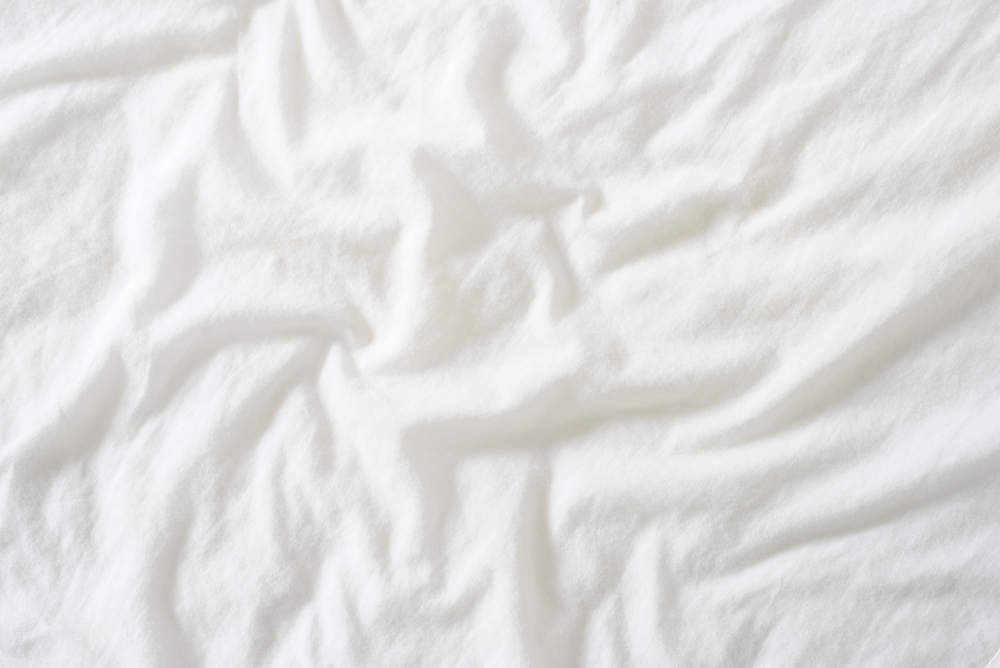Overview:
Better Cotton is an industry certification that denotes procurement of sustainable cotton used in clothing manufacture. But how much better is Better Cotton for the environment? How might consumer surveys be used in this dispute?
How Much Better is Better Cotton?
Better Cotton is the largest global certification for sustainably and equitably sourced cotton. Its mission is to provide better working environments for farmers and laborers and reward farms for employing sustainable farming practices. Its certification on cotton clothing is intended to show that the cotton is sustainably sourced, and that consumers can trust that they’re buying from producers who share their values. One fifth of the world’s cotton is now designated and produced under this certification, and half of that, one fifth comes from Brazil.
The UK-based non-governmental organization Earthsight released a report linking Better Cotton-certified producers to environmental and human rights abuses, including land grabbing and deforestation in the sensitive Cerrado ecoregion in Brazil. Farms in this area sold 800,000 tons of tainted cotton, some of which ended up in the supply chains of clothing retailers H&M and Zara.
This report is influencing new regulatory measures in the EU, according to Earthsight. The EU’s Corporate Sustainability Due Diligence Directive (CSDD) will soon be finalized, and a new EU Deforestation Regulation will enforce the traceability of raw materials. However, in the US and UK, regulations of this nature do not exist, and consumer recourse is through the justice system and the FTC. As buyers increasingly make decisions based on environmental concerns, who is to blame when a certified supply chain is tainted, and what recourse do consumers have?
Sustainability, Accountability, and Consumer Surveys
More consumers are making purchasing decisions based on sustainability. A market research firm reported that the sustainable fashion market was $7.8 billion in 2023, and predicted that it would grow to $33.5 billion by 2030. In another 2018 survey, 37% of respondents said they would be willing to pay 10% more for clothing that is sustainably sourced. Sustainable fashion is profitable and its market share is growing.
Businesses interested in marketing their products’ sustainability can apply to use certifications like Better Cotton. Certification marks on products, like Better Cotton’s, show that products or production methods meet certain standards. But as the Earthsight report suggests, certifications may not be reliable. That can have negative effects on the companies that use them, like Zara and H&M. How might consumer surveys help regulators clean up certification marks?
Cotton Certifications and Consumer Surveys
If Zara and H&M customers decided to file a false advertising class action over the allegedly-not -better Better Cotton, consumer surveys might play a role. First, the plaintiffs could offer as evidence a materiality survey supporting class certification, by showing commonality among class members—for example, that they made purchasing decisions based on the sustainability claims. Another way they could use a consumer survey is to determine damages by finding a “price premium,” or the extra money they paid for a sustainable item over a conventionally produced one. Surveys providing a “price premium” are often combined with economic analysis to determine damages requests.
MMR Strategy Group conducts reliable consumer surveys that can be submitted as evidence in legal disputes, including those around false advertising and certifications. Contact us to discuss how we can help with your case.
